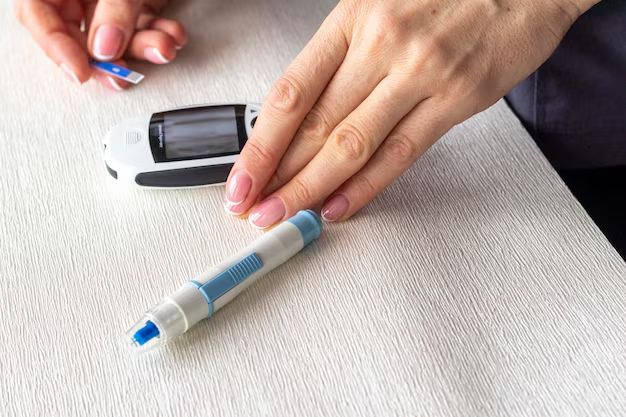Understanding Type 2 Diabetes: Everything You Need to Know
Millions of people across the globe grapple with diabetes, a chronic condition that significantly impacts daily life. Type 2 Diabetes, the most prevalent form, involves the body’s struggle to use insulin effectively, leading to high blood sugar levels. This guide will walk you through the essentials of Type 2 Diabetes, offering valuable insights into managing the disease and exploring avenues for financial and educational assistance.
What is Type 2 Diabetes?
Type 2 Diabetes is a chronic medical condition characterized by insulin resistance, meaning the body's cells do not respond appropriately to insulin. This hormone, produced by the pancreas, helps regulate blood glucose levels. Over time, high blood sugar levels can lead to severe health complications such as heart disease, kidney failure, and vision problems. Unlike Type 1 Diabetes, which is often diagnosed in childhood, Type 2 typically develops in adults, although it is increasingly seen in younger populations due to rising obesity rates and sedentary lifestyles.
Key Symptoms
Identifying the symptoms is crucial for early diagnosis and effective management. Common symptoms include:
- Frequent urination
- Increased thirst and hunger
- Unexplained weight loss
- Fatigue
- Blurred vision
- Slow-healing wounds
If you or someone you know experiences these symptoms, seeking medical advice is essential for early intervention.
Managing Type 2 Diabetes
A combination of lifestyle changes, medication, and monitoring is typically recommended for managing Type 2 Diabetes. Here’s how:
Lifestyle Modifications
- Healthy Eating: A balanced diet rich in vegetables, lean proteins, and whole grains can significantly impact blood sugar levels.
- Regular Exercise: Engaging in physical activity like walking, cycling, or swimming at least 150 minutes a week can improve insulin sensitivity.
- Weight Management: Losing even a small amount of weight can make a big difference in controlling blood glucose levels.
Medication and Monitoring
- Medications: Many people with Type 2 Diabetes require medications or insulin therapy to manage their blood sugar effectively.
- Regular Monitoring: Keeping track of blood glucose levels is vital for day-to-day management. Most diabetics use a glucometer to monitor their levels.
Financial and Educational Resources
Managing Type 2 Diabetes can be costly due to medications, doctor visits, and lifestyle changes. Fortunately, there are resources that can offer relief:
Financial Assistance
- Government Aid Programs: Medicaid and Medicare often provide coverage for eligible individuals to help manage diabetes-related expenses.
- Pharmaceutical Programs: Many drug manufacturers offer patient assistance programs to provide medications at reduced costs or for free.
Educational Opportunities
- Diabetes Education Classes: Learning about diabetes management through specialized classes can empower patients with the knowledge they need to keep their condition in check.
- Online Learning Platforms: Websites and apps provide resources ranging from meal-prep guides to exercise regimens tailored for diabetics.
Key Financial and Educational Support Options
- 🏥 Medicaid/Medicare: Coverage for diabetes management
- 💊 Pharmaceutical Assistance: Reduced cost or free medications
- 🍎 Healthy Eating Programs: Dietary planning resources
- 🎓 Online Learning: Diabetes-specific educational tools
- 🤝 Community Support Groups: Peer-to-peer encouragement and advice
By understanding Type 2 Diabetes and utilizing the resources available, managing this condition becomes a more attainable goal. Education, lifestyle modifications, and financial assistance are integral parts of a comprehensive management plan, helping individuals lead healthier lives while managing costs effectively.
